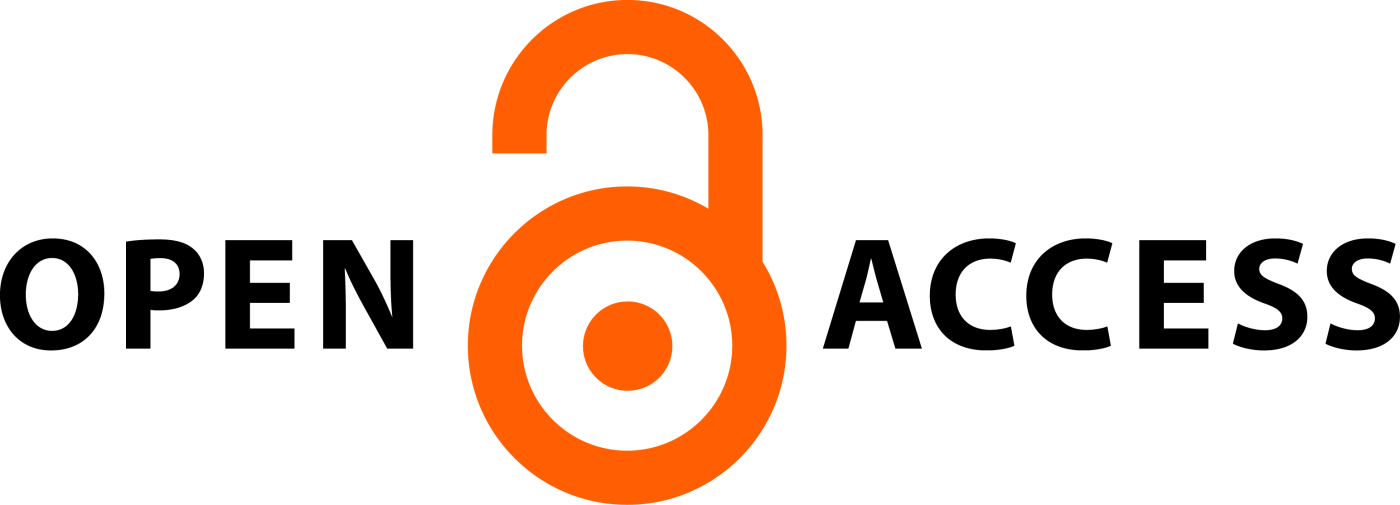PHARMACOLOGICAL INTERVENTIONS IN UNDERSERVED POPULATIONS: A TRANSLATIONAL STUDY ON MEDICATION ADHERENCE AND CHRONIC DISEASE OUTCOMES IN RURAL FAMILY PRACTICE SETTINGS
Abstract
For underserved populations, mainly in rural areas, chronic diseases are the main reason for poor health and high mortality since access to health services and taking needed medication can be very difficult. Many patients do not take as many medications as they should, so this study wants to look into rural family practices and figure out what can be done to help them follow recommended drug treatments. Through a combination of implementation science, community-minded steps, and intervention studies, this study examined recent literature and research to determine what helps, what hinders, and approaches that focus on equity. Much attention is given to using digital tools, interventions suitable for specific cultures, and ensuring that rural, tribal, and low-resource people are included. It has been shown that multi-level methods, for example practice facilitation, mobile health apps, and implementing pharmacogenetics, can help more people in underserved communities stick to their medicines and control their chronic diseases. It is also vital that different groups are equally involved in research and practice to keep health impact going. In order to address medical issues in places where people have limited access to care, advancements should focus on strategies for the community and the needs of individual patients. Future studies ought to concentrate on promoting adherence using local methods, influencing policies, and including the use of technology in family practice
Downloads
All the articles published in JAPSR are distributed under a creative commons license (CC BY-NC-SA 4.0)
Under this license, you are free to:
- Share- copy and redistribute the material in any medium or format for any purpose, even commercially.
- Adapt- remix, transform, and build upon the material for any purpose, even commercially.
The licensor cannot revoke these freedoms as long as you follow the license terms.
- Attribution — You must give appropriate credit , provide a link to the license, and indicate if changes were made . You may do so in any reasonable manner, but not in any way that suggests the licensor endorses you or your use.
- NonCommercial — You may not use the material for commercial purposes .
- ShareAlike — If you remix, transform, or build upon the material, you must distribute your contributions under the same license as the original.
- No additional restrictions — You may not apply legal terms or technological measures that legally restrict others from doing anything the license permits.
Copyright policy
The journal allows the author(s) to hold the copyright of their work. That means the authors do not need to transfer the copyright of their work to the journal. However, the authors grant JAPSR a license to publish the article and identify itself as the original publisher.
Licensing policy
The journal allows the author(s) to hold the copyright of their work. That means the authors do not need to transfer the copyright of their work to the journal. However, the authors grant JAPSR a license to publish the article and identify itself as the original publisher.






